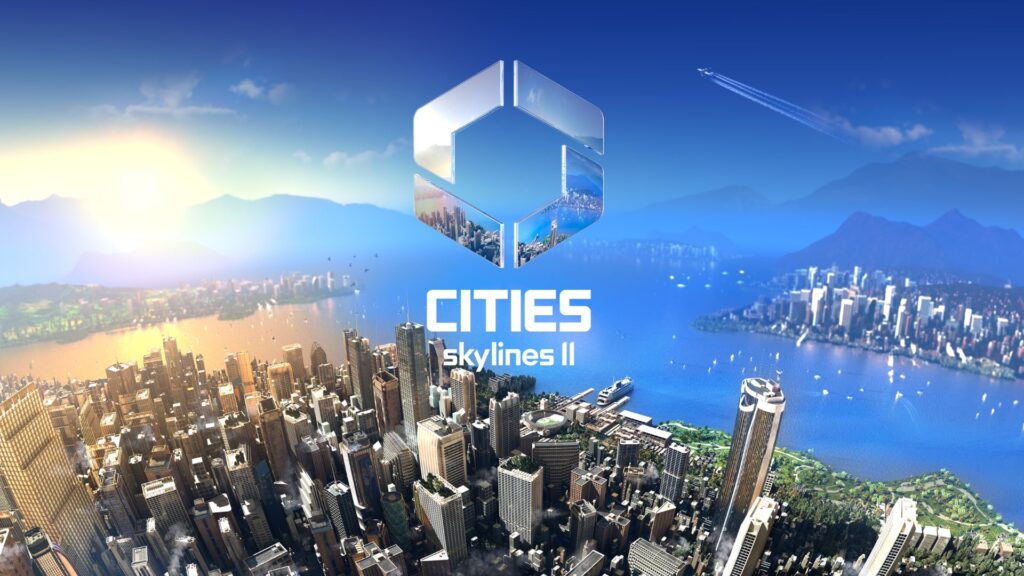Three Must-Haves In Paradox Interactive’s Cities Skylines 2
Seven years ago, Cities Skylines revolutionized city-building games by applying dynamic game mechanics and providing gamers with wide access to downloadable content.
The game, which is played by more than 15,000 users each month on Steam, announced recently it’s releasing a sequel later this year. The exact date has not been disclosed.
Cities Skylines 2 is developed by the Swedish-based video game company Paradox Interactive.
The game’s two-minute trailer has already eluded the sequel and would feature the ability to upgrade existing buildings, change environments and a new graphics engine—likely Unreal Engine 4.
As someone who has dedicated more than 500 hours in the past two years to Cities Skylines, here are three must-haves for the sequel to improve on the original.
New Zoning
One of the major drawbacks of Skylines is its inability to let users develop land through mixed-use zoning, which allows a building to feature a mixture of commercial, residential and even industrial uses.
Currently, the closest thing to mixed-zoning in Cities Skylines is to individually zone each building to ensure there is diversity within a city block. Even then, each building will solely be dedicated to its assigned use.
In real life, mixed zoning is mostly seen in walkable cities that prioritize the use of mass transit and pedestrian spaces. Cities Skylines, which caters to an American audience, influences users to create car-centric cities with large highways and sprawling suburbs.
By allowing users to implement mixed-zoning, Cities Skylines 2 would give players the ability to create more realistic high-density cities that resemble those in the real world.
Revamped Artificial Intelligence
While the artificial intelligence in Cities Skylines simulates things like traffic, public health and education levels within a city, the game’s AI is in desperate need of a change.
Traffic in Cities Skylines is one of the hardest things to manage because the AI doesn’t allow citizens to take different routes to one destination. This often leads to massive traffic jams that kill the fun in the game.
The current AI engine in Cities Skylines also makes it so all citizens who moved into the city die at around the same time. This creates immensely annoying death wave cycles that can hinder a city’s basic functions.
By upgrading the AI and allowing users to have more control over traffic and preventing death waves, Cities Skylines 2 would eliminate many issues preventing users from having a seamless and realistic experience when creating a city.
New Assets
An issue with large cities in Cities Skylines is that they look repetitive since many building assets are recycled due to the game’s limited building variety.
While external mods created by the game’s community partially solve the issue, Cities Skylines 2 should feature more building assets if the game wants to match the ambition it has created.
The sequel should also allow users to have more variety when zoning areas based on building density. Currently, the original only allows you to select low or high-density commercial and residential zones.
With the lack of a middle option, it is not uncommon to see cities in the game develop an unnatural look in which a skyscraper is next to a single-family house.
If all of these changes are implemented, Cities Skylines could easily become the best city-building game ever.

